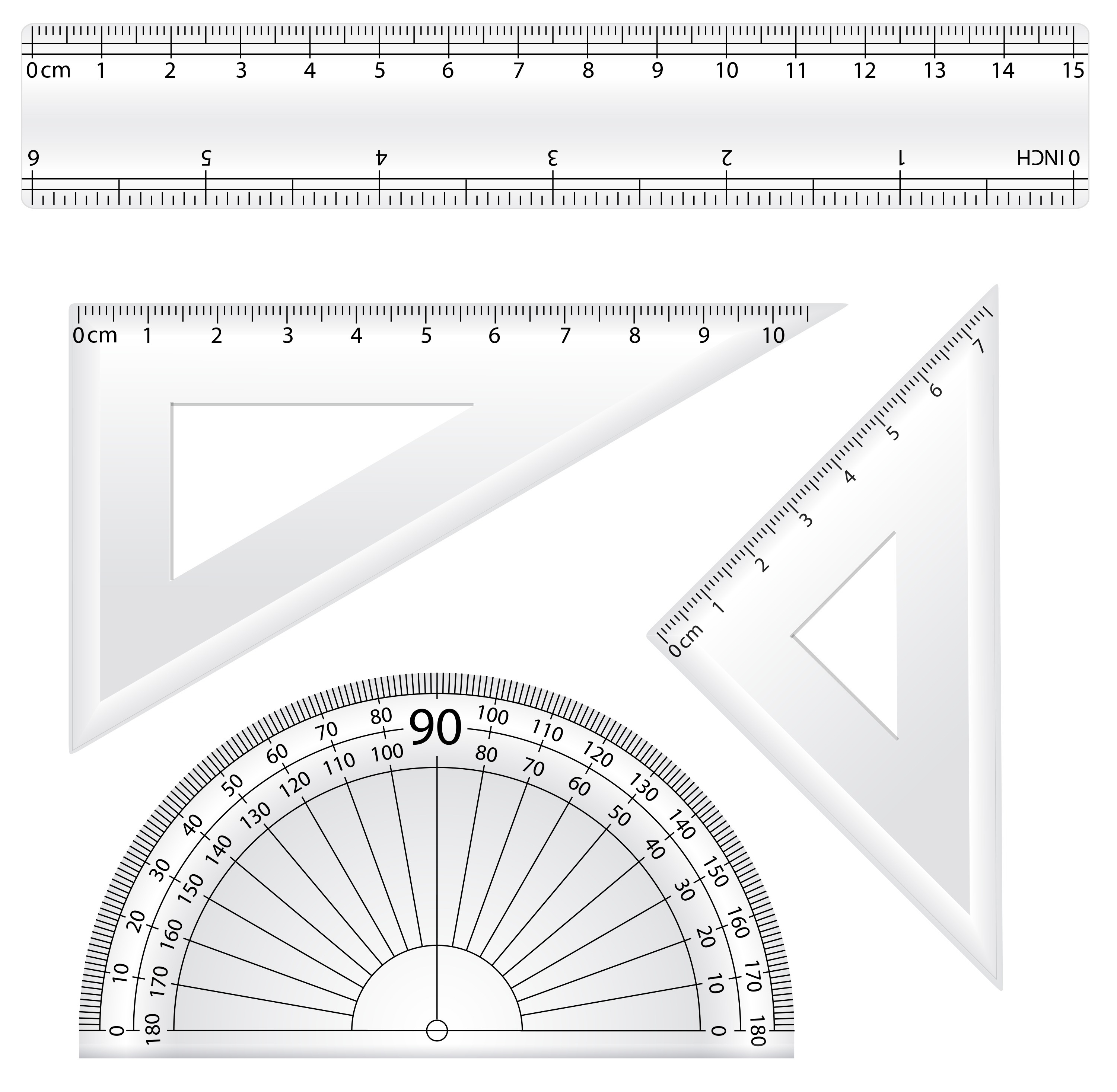Alberta Math 20
There's 3 levels of Math 20. While this branching is intended to delineate students into those who are headed for University programs that need Calculus (20-1), those who are headed to University programs that do not need Calculus (20-2) and those who are not headed for University at all (20-3), that's not what actually happens. Students with good grades in Math 10C are steered into 20-1, while those that didn't get steered into 20-2, and students who took Math 10-3 are stuck on the -3 path. That's right, your students' entire future life is getting decided based on what grades they got in a single class in Grade 9, and that ain't right. Retaking Math 10C over the summer break to improve your students' grade deserves some consideration (you may wish to use tutoring and online or distance learning).

Math 20-1: Pre-Calculus
This is the highest tier, so it has the most stuff. There's 4 units:
Series and Sequences:
We cover what they each are and how to use them. There's a couple of definitions to learn and a few formulas to apply.
Trigonometry:
We cover the trigonometry ratios (all 6 of them), the Sine Law, the Cosine Law and special triangles. Simple rules, simple fomulas.
Functions:
We cover radicals (roots with x inside), absolute values and rational expressions (fractions with x inside) in nauseating detail, their graphs and how to do algebra with them, which includes using conjugates, simplifying and sometimes solving twice (what?).
Algebra and Quadratics:
I love quadratics, but not everybody does. We cover what is a quadratic, the general form, the vertex form, the factored form, what their graphs look like, how to solve them and how to factor a quadratic (my favourite). Completing the square is just something teachers love to make look hard for no particular reason.
Math 20-2: Foundation
This is the middle tier, and because students with lower grades in Math 10C get steered into this, it can be challenging. It's basically a lighter version of 20-1, and we swap "Statistics" for "Series and Sequences." There's 4 units:
Roots:
No, not the ones you eat. Roots of different powers, roots with x inside (we call them radicals just so they sound cool).
Statistics:
Ah! Statistics! Numbers can scream, if you know how to torture them. We talk about the normal distribution, means, standard deviation and z-scores.
Trigonometry and Geometry:
We spend a lot of time in this unit. Most students end up getting sick of seeing triangles after a while. We cover the trigonometry ratios (all 6 of them), Pythagoras, the Sine Law, the Cosine Law, similar triangles, special triangle and properties of angles, as well as area, perimeter, surface area and volume.
Quadratics:
I love quadratics, but not everybody does. We cover what is a quadratic, the general form, the vertex form, the factored form, what their graphs look like, how to solve them and how to factor a quadratic (my favourite). Completing the square is just something teachers love to make look hard for no particular reason.
Math 20-3: Workplace
This is the lowest tier, we just build on things seen in Math 10-3, and a few things other students learned in Math 10C. There's 4 units:
Measurement:
We learn about unit conversions, ratios and basic trigonometry. A bit abstract, but simple stuff, there's just a few basic rules to follow.
Geometry:
We learn about area, surface area and volume. Again, simple stuff, students just need to focus.
Personal Finance:
We learn about budgets, interest, credit cards and loans. Real life stuff.
Graphs:
We learn about graphs, scale drawings, slope and basic functions. Other students learned this in Math 10C.